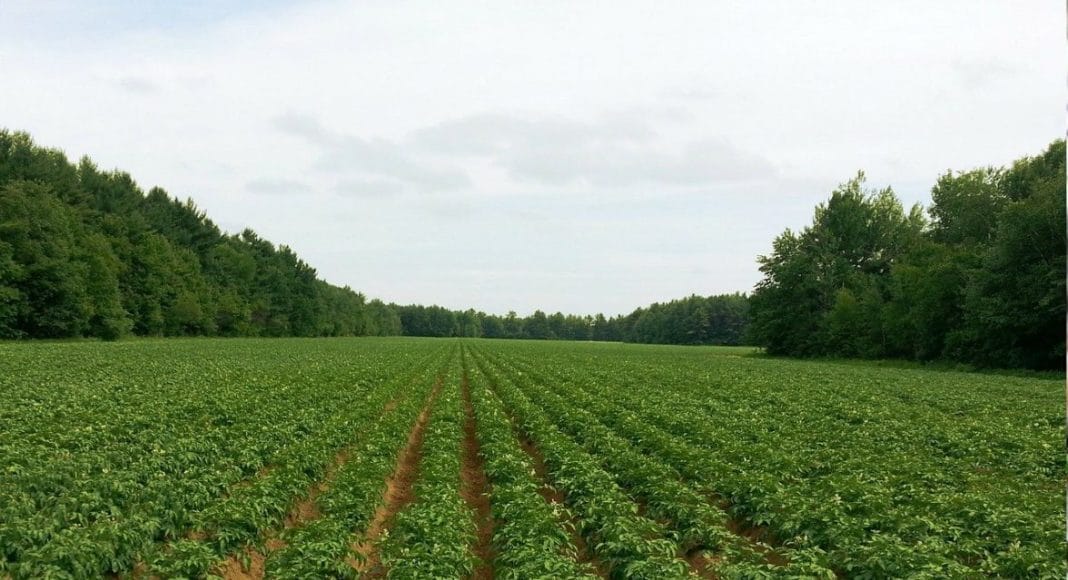The following piece is from our sister publication, the Alberta Seed Guide.
The Canadian federal government is seeking input on a discussion document about fertilizer greenhouse gas (GHG) emission reduction targets, a March 4 news release says.
The discussion document was made following meetings Agriculture and Agri-Food Canada (AAFC) had with producer groups and provincial/territorial partners in 2021. The meetings focused on emissions reduction targets and how to work together to develop a realistic approach.
The discussion document is meant to stimulate discussion and lead to a shared understanding of how Canada can reach its 30 per cent fertilizer emissions reduction target, the release notes. Comments on the document will be accepted until June 3, 2022.
Fertilizers play a major role in the agriculture sector’s success and have contributed to record harvests in the last decade, the release says. They have helped drive increases in Canadian crop yields, grain sales, and exports. Nitrous oxide emissions, particularly those associated with synthetic nitrogen fertilizer use have also grown significantly.
The Canadian government has set a national fertilizer emissions reduction target, the release says. It’s part of the government’s commitment to reduce total GHG emissions in Canada by 40 to 45 per cent by 2030, as outlined in Canada’s Strengthened Climate Plan, and in legislation through the Canadian Net-Zero Emissions Accountability Act.
The release notes the federal government wants to meet these reduction targets through a range of policy measures and approaches, including working with farmers. Industry-led initiatives such as Fertilizer Canada’s 4R Nutrient Stewardship program will also play an important role in promoting sustainable use of fertilizer in crop production and can reduce GHG emissions.
There will be virtual discussions hosted by AAFC in the coming months to continue the conversation on the emission reduction target.
Related Articles
The Effect of Climate Change on Potatoes in Canada











